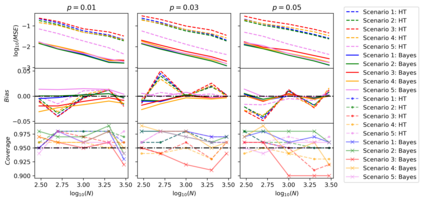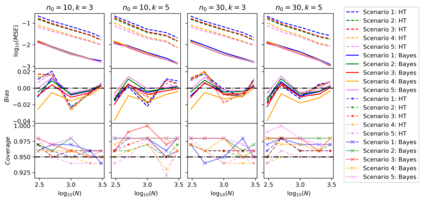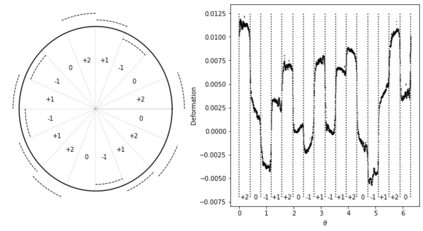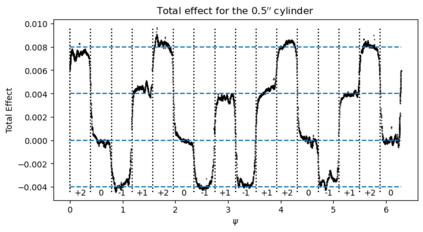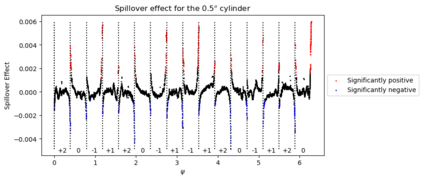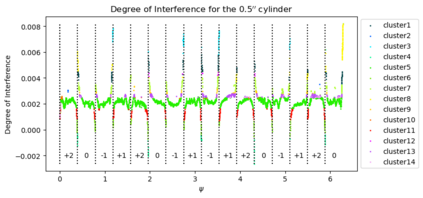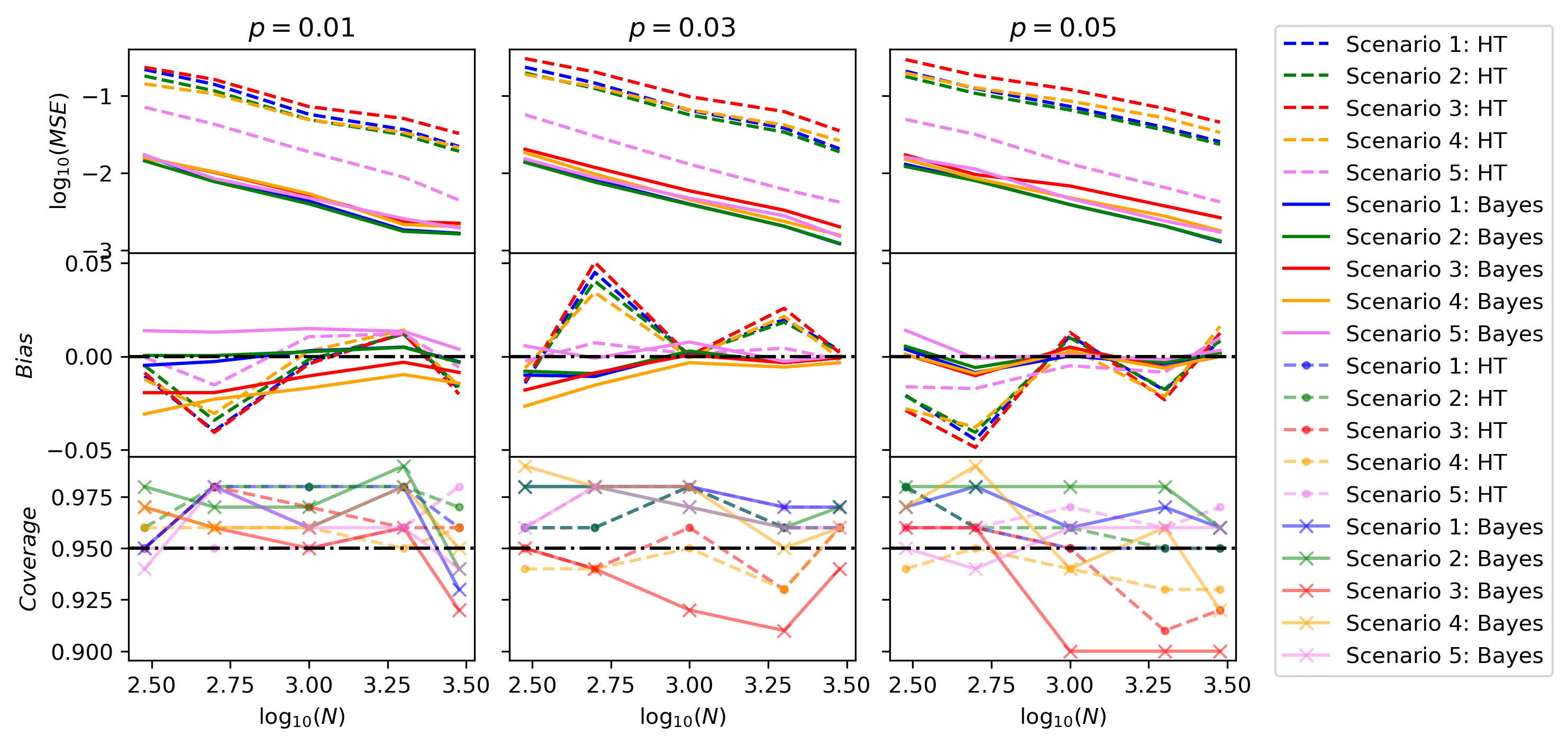One core assumption that is consistently adopted for valid causal inference is that of no interference between experimental units, i.e., the outcome of an experimental unit is not a function of the treatments assigned to other experimental units. This assumption can be violated in real-life experiments, which significantly complicates the task of causal inference as one must disentangle direct treatment effects from ``spillover'' effects. Current methodologies are lacking, as they cannot handle arbitrary, unknown interference structures to permit inference on causal estimands. We present a general framework to address the limitations of existing approaches. Our framework is based on the new concept of the ``degree of interference'' (DoI). The DoI is a unit-level latent variable that captures the spillover effects on a unit. This concept can flexibly accommodate any interference structure. We also develop a Bayesian nonparametric methodology to perform inferences on the estimands under our framework. We illustrate the DoI concept and properties of our Bayesian methodology via extensive simulation studies and a real-life case study from additive manufacturing for which interference is a critical concern in achieving geometric accuracy control. Ultimately, our framework enables us to infer causal effects without strong structural assumptions on interference.
翻译:为了有效的因果关系推断,一贯采用的一个核心假设是试验单位之间没有干扰,即试验单位的结果不是分配给其他试验单位的治疗方法的一种功能。这种假设在实际实验中可能遭到违反,使因果关系推断任务大为复杂化,因为人们必须分解“溢出”效应的直接治疗效果。目前的方法缺乏,因为它们无法处理任意的、未知的干扰结构,从而无法推断因果关系。我们提出了一个解决现有方法局限性的一般框架。我们的框架基于“干扰程度”的新概念(DoI)。DoI是一个单位级的潜在变量,它捕捉到对单位的外溢效应。这个概念可以灵活地适应任何干扰结构。我们还开发一种贝耶斯式的不相容性方法,用以根据我们的框架对估计值进行推断。我们通过广泛的模拟研究以及从添加性制造中从我们Bayesian方法的概念和特性来说明我们Bayesian方法的真实特性。我们从“干扰度”的“度”概念和真实寿命案例研究所基于的是“DoI”的新概念,其干扰是对结构精确度控制的一种关键关切。

